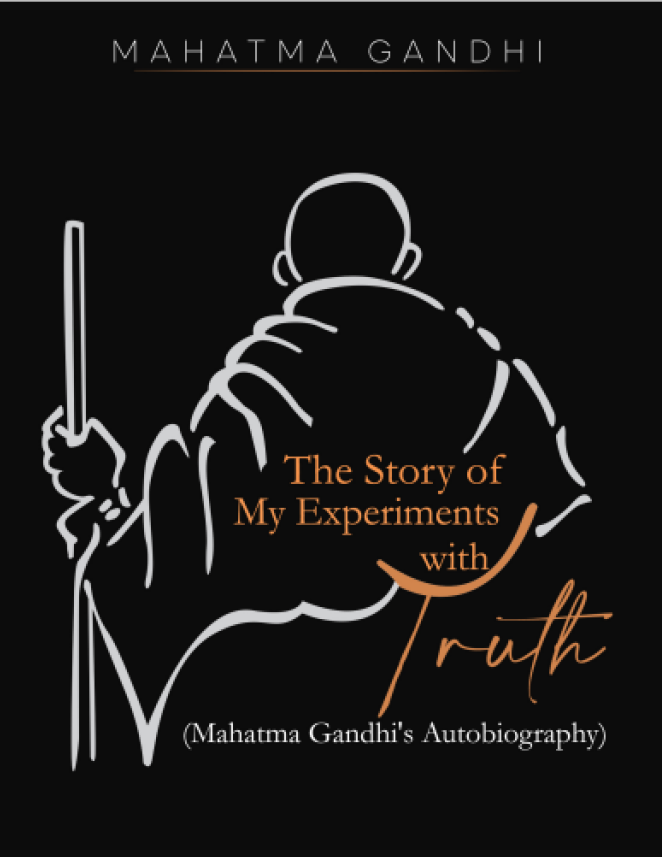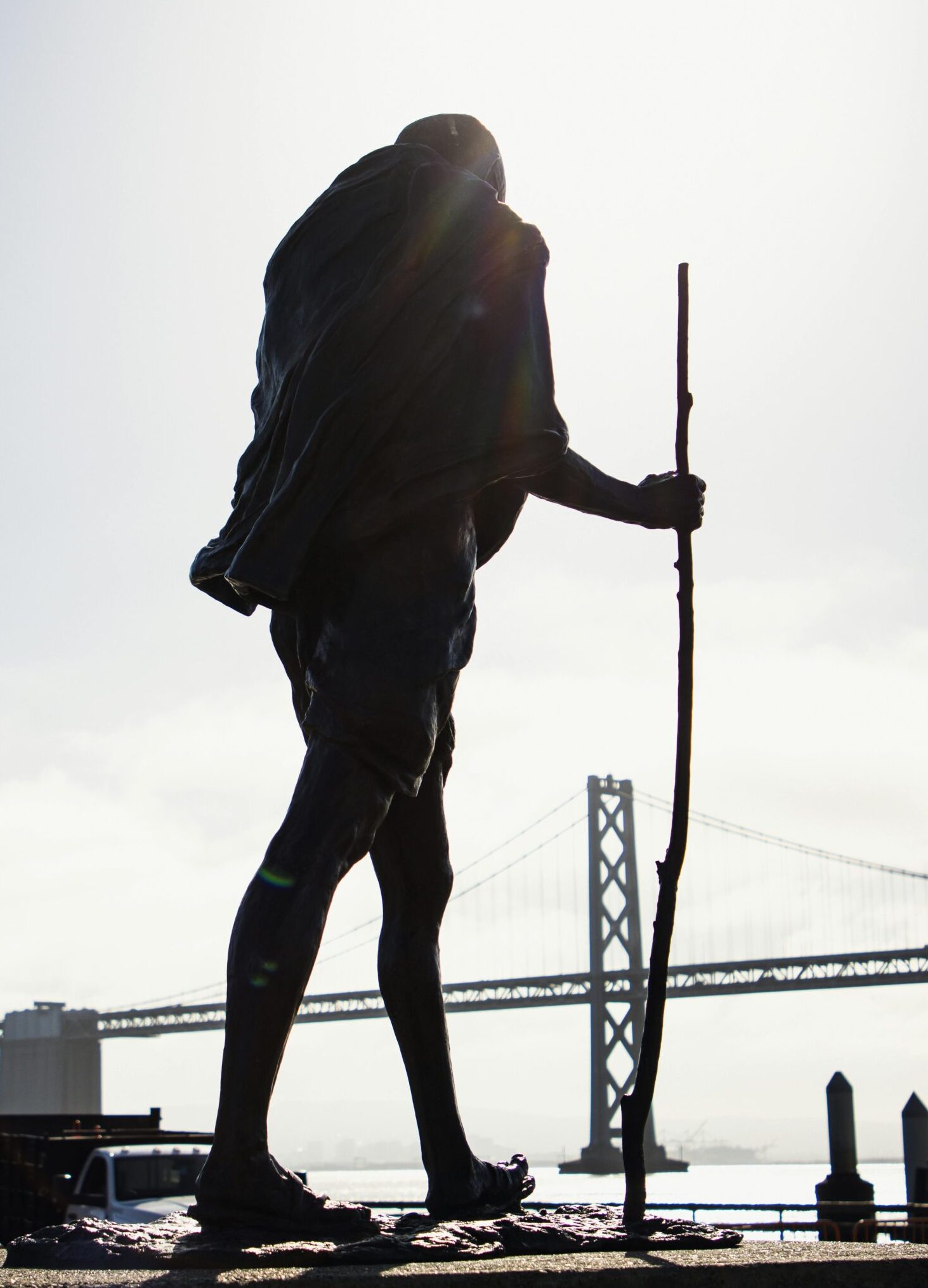My Experiments with Truth, Mahatma Gandhi’s autobiography, is a profound and introspective account of his life, philosophy, and relentless pursuit of truth and nonviolence. Written with unflinching honesty, the book traces Gandhi’s journey from his early years in Porbandar, India, to his transformative role as a global advocate for peace and justice. It’s not just a memoir but a spiritual guide, offering insights into the mind of one of history’s most influential figures. Below is a review of this remarkable work, peppered with interesting facts that highlight its depth and enduring relevance.
A Journey of Self-Discovery
Gandhi’s autobiography, originally published in Gujarati as Satya na Prayogo between 1925 and 1929, is less about grand historical events and more about his inner struggles, moral dilemmas, and experiments with truth (satya). The book is divided into five parts, covering his childhood, legal career in South Africa, and leadership in India’s freedom struggle. What sets it apart is Gandhi’s candidness—he doesn’t shy away from discussing his flaws, such as his youthful temptations, struggles with anger, or moments of self-doubt. This vulnerability makes the narrative relatable, showing that even a “Mahatma” was human.
The book’s strength lies in its simplicity. Gandhi’s prose is straightforward, almost conversational, reflecting his belief in clarity and truth. He writes not to impress but to share, making the reader feel like a confidant. His reflections on diet, celibacy (brahmacharya), and nonviolence (ahimsa) reveal how personal discipline shaped his public mission. For instance, his experiments with vegetarianism in London, where he sought out vegetarian societies, highlight his commitment to aligning his actions with his principles, even in a foreign land.
Why It Resonates Today
My Experiments with Truth is more than a historical document; it’s a timeless exploration of integrity, resilience, and the courage to live authentically. In an era of polarization, Gandhi’s commitment to nonviolence and dialogue offers a powerful reminder of the strength in compassion. His emphasis on self-discipline—whether through diet, simplicity, or moral reflection—challenges readers to examine their own lives. The book’s global appeal lies in its universal message: truth and love can overcome even the most entrenched injustices.
However, the book isn’t without flaws. Some readers may find its pacing slow, as Gandhi lingers on minute details of his experiments, such as his dietary trials or spiritual practices. Others might wish for more context about the political landscape of colonial India. Yet, these imperfections only enhance its authenticity, reflecting Gandhi’s refusal to embellish or sensationalize his story.
Interesting Facts About the Book
- Incomplete Narrative: Gandhi’s autobiography doesn’t cover his entire life. It ends in the 1920s, well before India’s independence in 1947, as he felt his later public life was well-documented. This choice keeps the focus on his personal and spiritual growth rather than political achievements.
2.Collaborative Writing: The book was written with the help of Gandhi’s secretary, Mahadev Desai, who translated and edited the Gujarati text into English. Desai’s role ensured the book’s accessibility to a global audience.
3.Controversial Reception: While widely revered, the book faced criticism from some Indian nationalists who felt Gandhi’s focus on personal anecdotes downplayed the broader freedom struggle. Others admired its humility and introspection.
4. Global Influence: The autobiography inspired civil rights leaders like Martin Luther King Jr. and Nelson Mandela, who drew on Gandhi’s satyagraha principles for their own movements.
5.Vegetarian Advocacy: Gandhi’s detailed accounts of his vegetarian experiments in London led to the book becoming a touchstone for the global vegetarian movement, with many readers adopting his dietary principles.
Interesting Facts From the Book
He never fully embraced modern medicine and once tried to cure pneumonia in his son with mud packs and fasting—an act he later reflected on with doubt.
Gandhi wrote it weekly in Gujarati for the journal Navajivan from 1925 to 1929.
His first act of civil disobedience was refusing to leave a “whites-only” train compartment in South Africa.
He cleaned toilets personally—a revolutionary act for a man of his caste in India.
He was inspired by Tolstoy, John Ruskin’s Unto This Last, and the Bhagavad Gita—books that deeply influenced his philosophy.
Why You Should Read It.
If you want to understand how an ordinary man transformed into the Mahatma, this is not just required reading—it’s a masterclass in humility, discipline, and moral courage. Gandhi shows that spiritual and political revolutions begin not in parliaments, but in the mind and body of the seeker.
My Experiments with Truth is a must-read for anyone interested in personal growth, social justice, or the power of principled living. Gandhi’s life, as revealed through his own words, is a testament to the idea that small, intentional choices can ripple outward to change the world. It’s a book that doesn’t just narrate history but invites readers to embark on their own experiments with truth.















